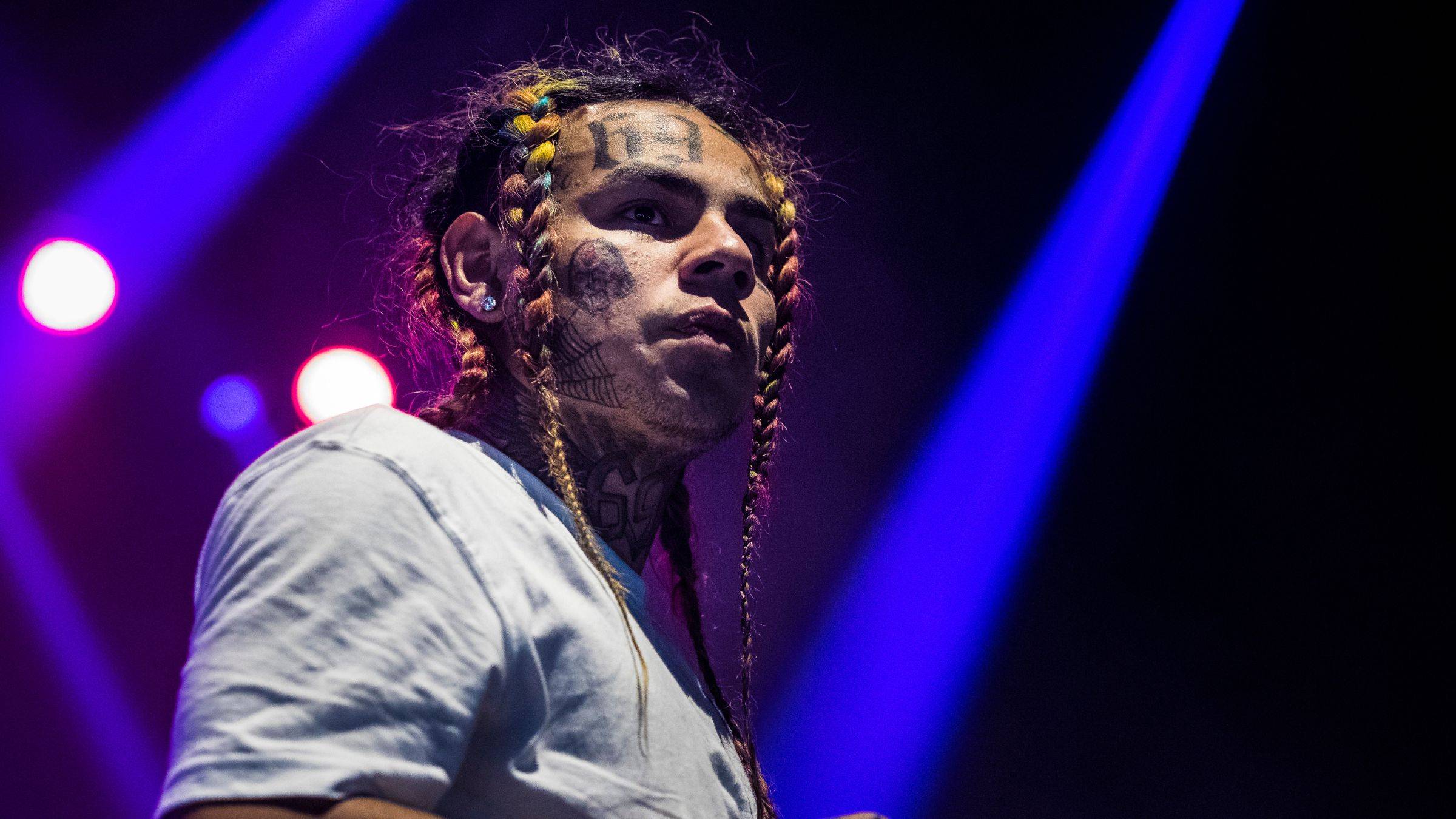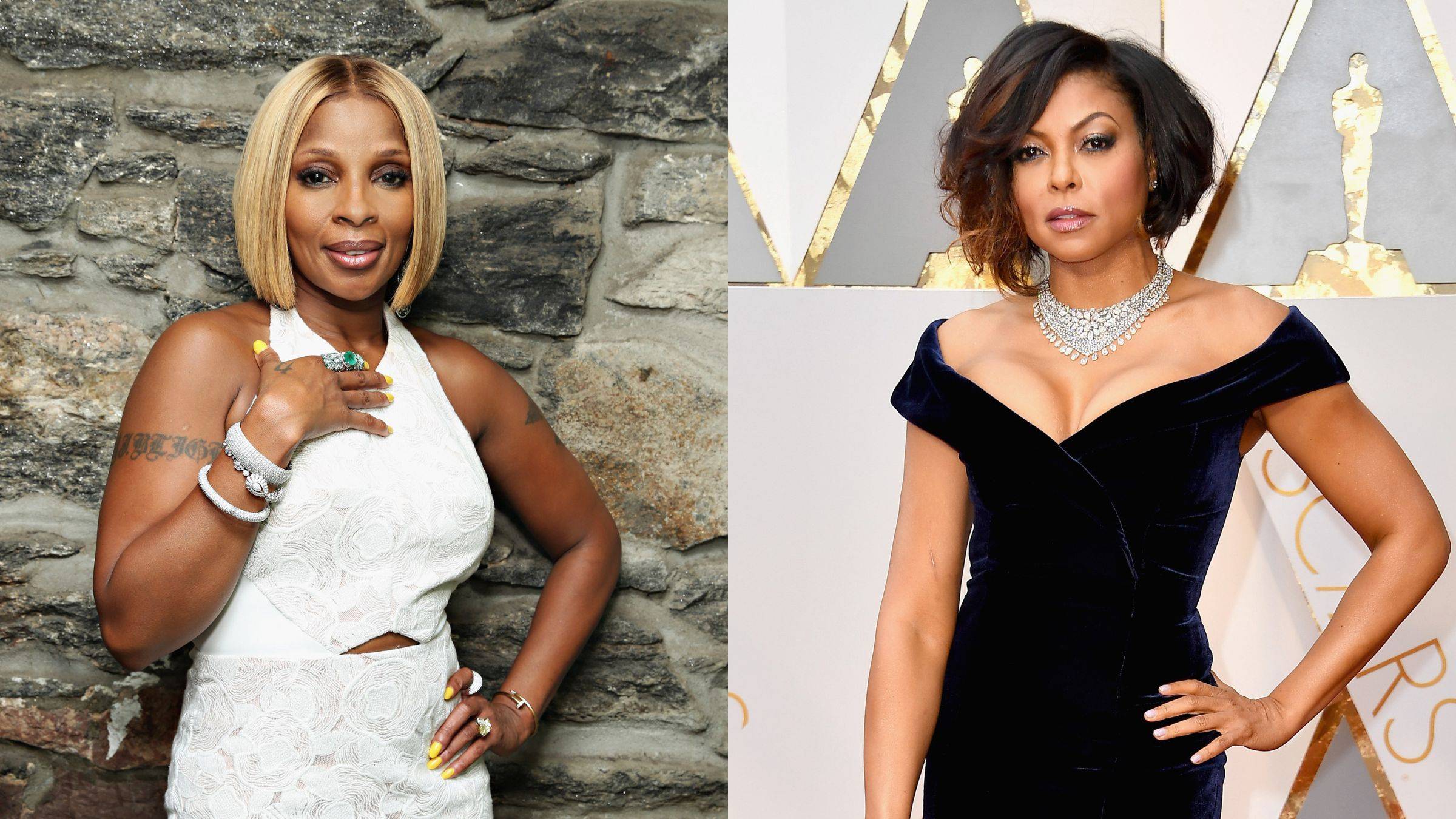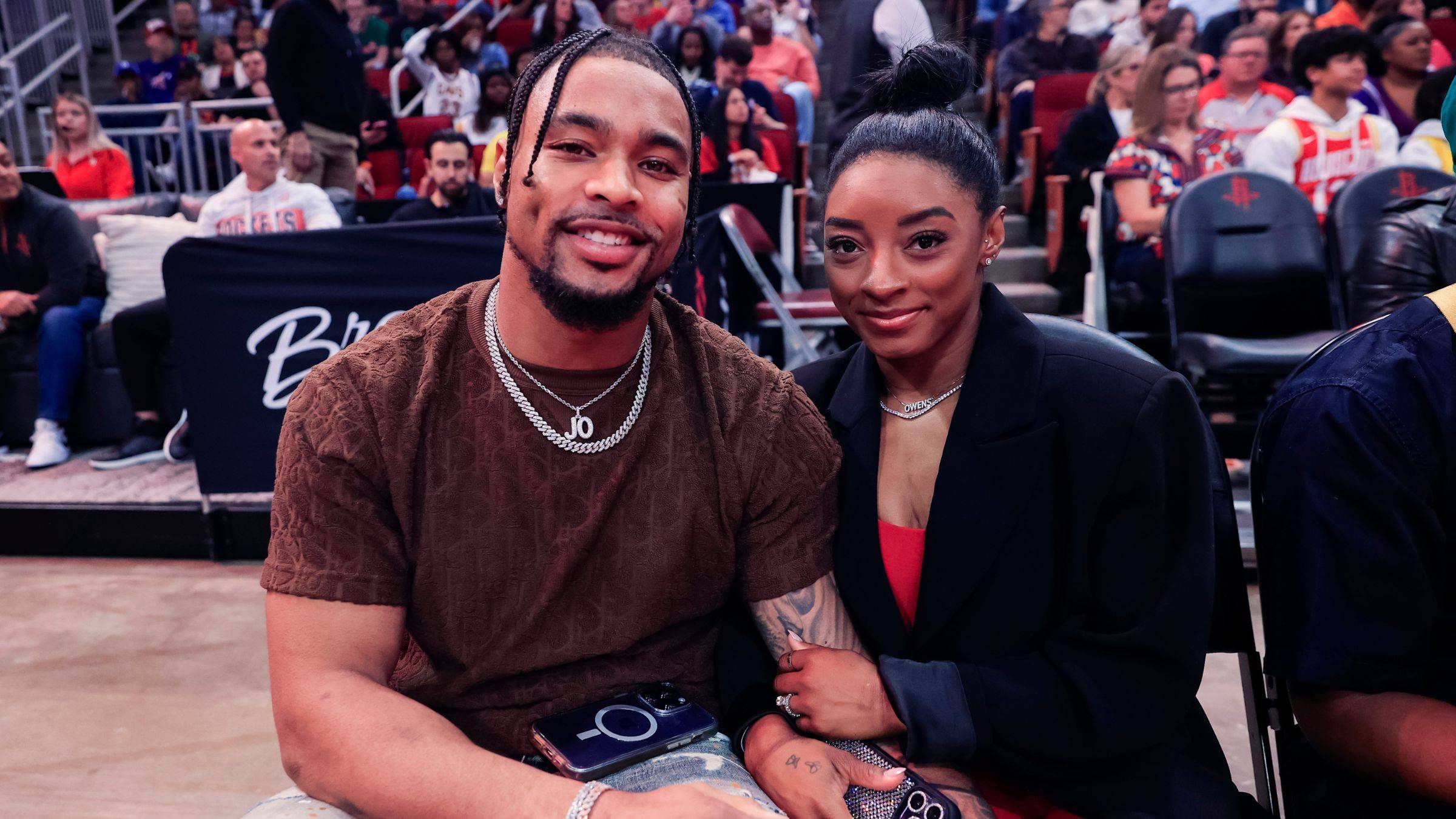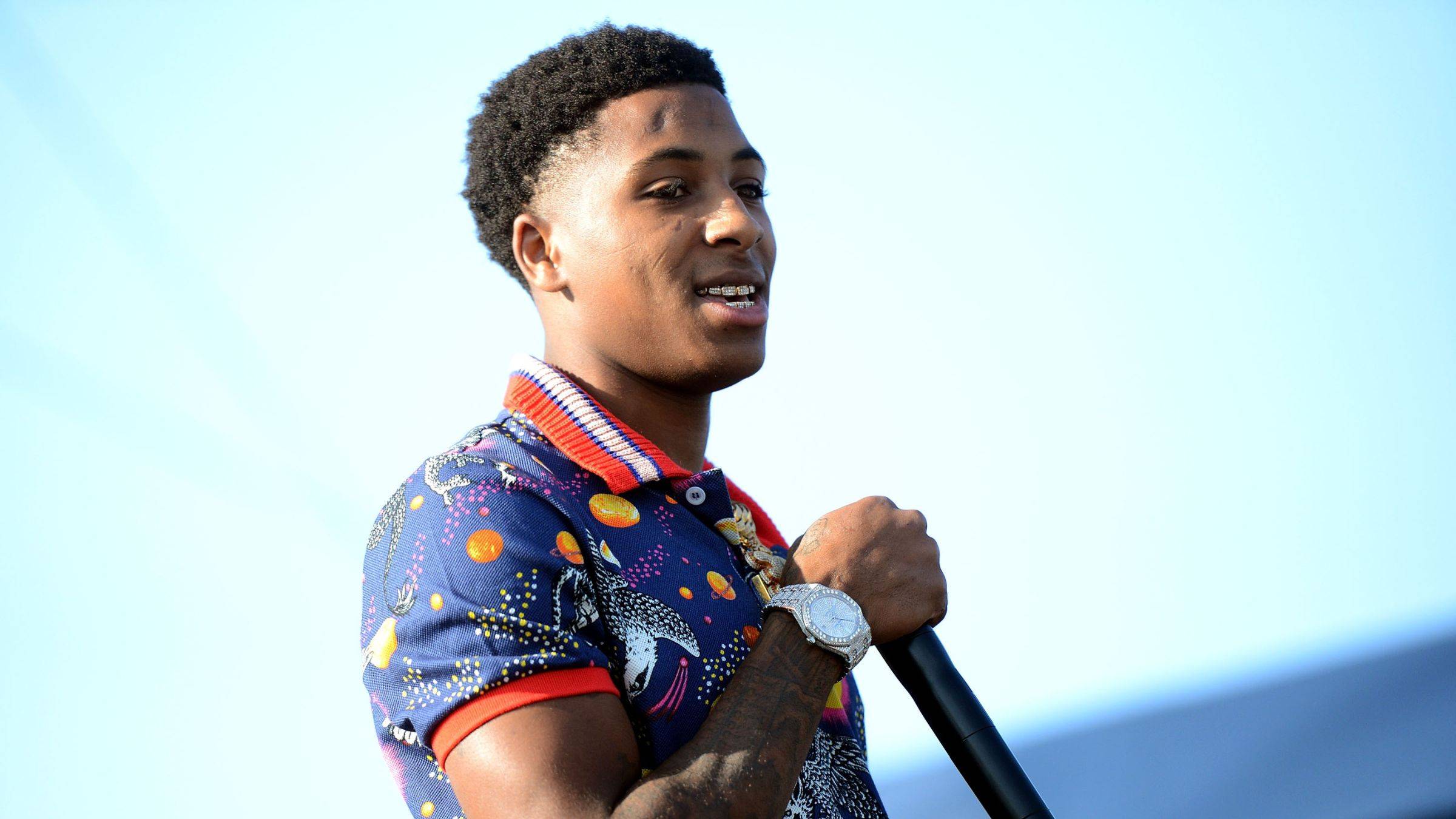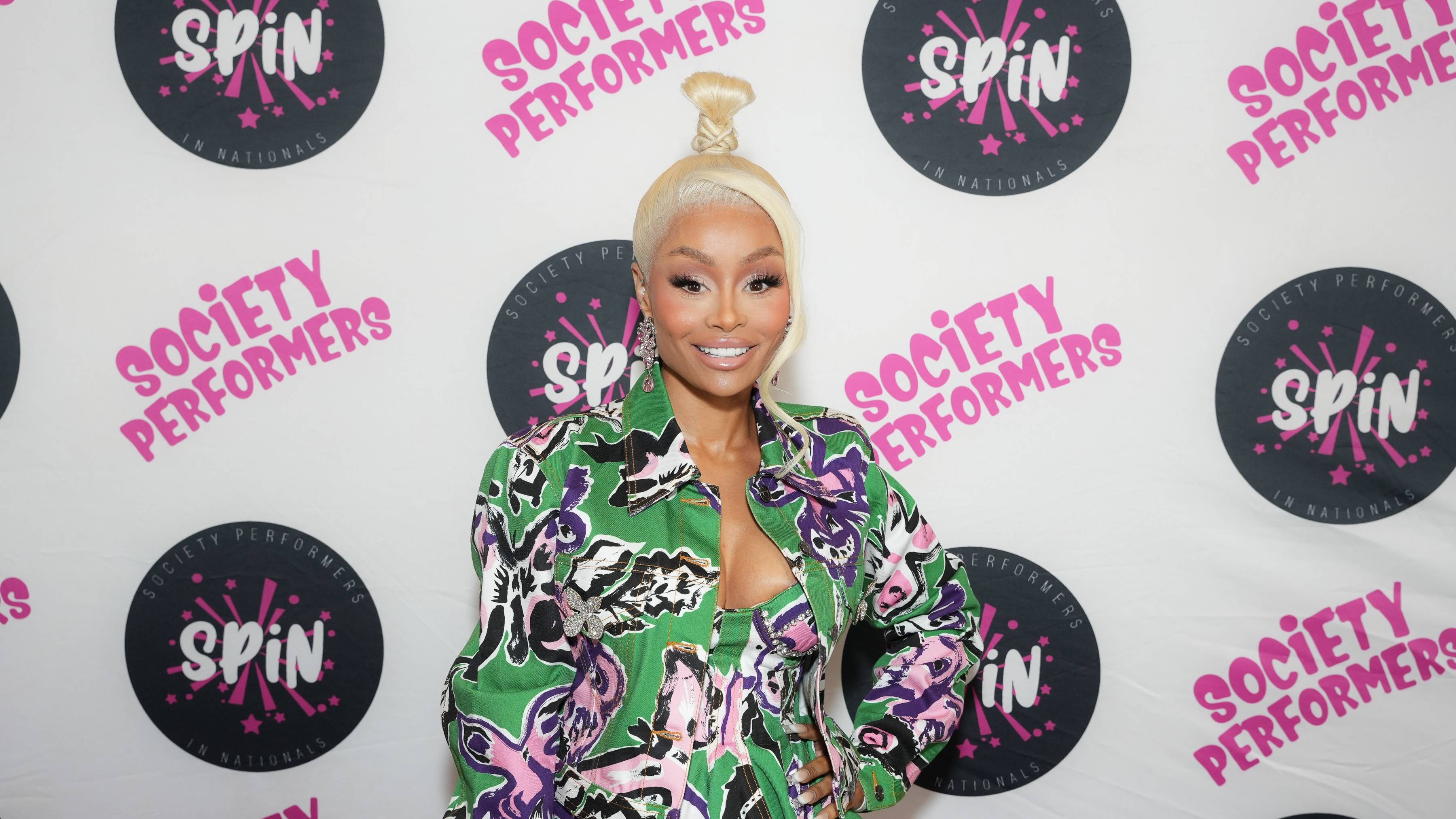Kanye West Collaborator Vanessa Beecroft Says Horribly Racist Things, Claims Not to Know Who Beyonce Is
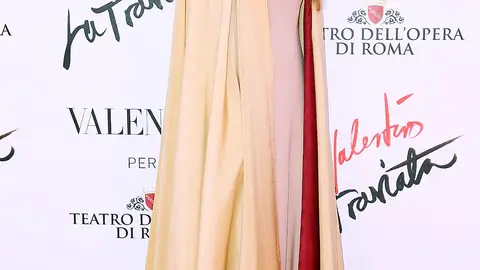
Not long after Kanye West's design muse Ian Connor was accused publicly of rape, another one of his creative collaborators is getting some intensely negative attention. Vanessa Beecroft, the visual artist who lent her aesthetics to West's Yeezy collection presentations and even his wedding to Kim Kardashian in Florence, Italy, recently gave an interview to New York Magazine and the racist — or, at the very least, utterly clueless — quotes are almost too many to bear.
Beecroft speaks of being influenced by the "elegance of poverty" and organizing the human subjects of her performance pieces according to skin tone (“like human Pantone chips”). She even recounts her obsession with Africa, which drove her to South Sudan in a vain attempt to adopt twins. She was unsuccessful, but that didn't stop her from creating a piece of "art" featuring herself in a Martin Margiela gown pretending to breastfeed two Black babies. I know, you’re disgusted. Us too. If it’s any consolation, after Kanye announced his debt on Twitter, the wife of Pablo promptly removed Beecroft from the DONDA payroll, something she is obviously still salty about.
It’s long and very exhausting so we read the profile so you wouldn't have to and recapped Beecroft’s most offensive, racist comments. We’ll let you read for yourself.
On relating to Blackness. “I have divided my personality,” she says. “There is Vanessa Beecroft as a European white female, and then there is Vanessa Beecroft as Kanye, an African-American male.” Later she tells me, “I even did a DNA test thinking maybe I am black? I actually wasn’t. I was kind of disappointed, and I don’t want to believe it. I want to do it again, because when I work with Africans or African-Americans, I feel that I am autobiographical. If I don’t call myself white, maybe I am not.”
On casting the Yeezy 3 Fashion Show. “The image came out of one of my books, and I thought, Perhaps this is Woodstock, because it looked really fashionable and glamorous, but no. That was a refugee camp … I wanted the people to look poor. Poverty and elegance were the key words. Poverty and elegance. No trends, no fashion. Real poverty, what you encounter when you travel to Africa, Mexico, those countries where people wear their clothes with dignity and they look elegant and they look like they have intelligence. When we were casting, I said, ‘Please don’t have anyone who looks stupid. Or fancy. Please. Classical, poor, and elegant.’ ”
On her and Kanye’s gentle revolution. “I realized that the people were moved,” she says. “They started crying, the kids. That was something that made me happy. That was an achievement. Like, as if the trauma that was perpetuated for so many years finally …” She trails off. “Look, if Kanye’s there to help people of color start to identify and go on a new form of awareness and revolution, then I am happy about that because he is doing it in a gentle way.”
On Beyoncé. As for popular culture, she’s working on “a Barbie doll project” for Mattel. Perhaps some of them will have “caramel Beyoncé skin,” she says, acknowledging murmurings (including from her husband) that Beyoncé’s “Formation” video owes her some creative debt. But she doesn’t get into any of it too deeply, she says, because she has only the vaguest idea that someone named “Beyoncé” actually exists.
On Africa. Her work was selling well, and she was in demand. But for reasons she can’t explain, she could not stop thinking about Africa. “That’s where I started my decline,” she says. Until this moment, the predominant theme of her work had been gender, and everything she did with gender seemed personal, even autobiographical; the women she cast for her projects were typically versions of her. And so when race began to dominate the work, it was puzzling, but she has never seen any problem. Beecroft operates so unusually with regard to race, with such entitled swagger, she seems to be living in something of a cave, entirely cut off from any public debate or conversation on topics of identity. She says race always fascinated her, even during her childhood, when she rarely saw people of different races. “When I was a child, I won a prize at school for drawing black children in a ship,” she says. “There were probably 30 or 40 of them. A lot. I drew so many of them, and I won a prize because the sisters of the nursery school were kind of mesmerized. So you see, everything comes from somewhere.”
On her obsession with blackness in America. As an adult, she began to cast black women when she first came to America. “My first black project was originated by the fact that I met a bluesman from Chicago in Italy and he was white and he was really, really upset by being white, he kept saying, ‘If only I was black.’ He felt discriminated against. And that really triggered something for me. I said, ‘I’m going to be black, too,’ ” she tells me. “I had wanted to move to the States because of the presence of African-Americans. When I landed at JFK, my first impression is being welcomed by all of these African, or maybe Jamaican, air people that help you at the airport with your luggage. They were so kind. Welcome! I was so happy to see mixed races. In Italy, they are in the street selling gadgets.”
On her attempt to adopt in Africa. But Beecroft did go to Africa, just a year after having her second child. She set out for Darfur but would end up in what is now South Sudan. “It was so beautiful,” she says, “really aesthetical! And everyone looked like Alek Wek.” She was comfortable in flip-flops, whereas the workers from the local NGOs were suited up in boots. I was not intimidated,” she says.
On her decision to use African babies in her art. Instead, she began spending time breast-feeding infant twins who had lost their mother in childbirth. A documentary filmmaker who was in the area working on a project about land mines saw a better opportunity in Beecroft, who ultimately, against the protestations of local women, created an art project with the twins (her milky-white self nursing the children in a custom-made Martin Margiela dress with a burned hem and cutouts for her breasts). In the documentary, called The Art Star and the Sudanese Children, she attempts to adopt the children, without consulting her husband, who was back on Long Island with the couple’s two young sons. The movie had a brief run at Sundance and on the indie circuit and in many ways symbolizes the end of the first part of Beecroft’s career — she became immensely unpopular, criticized for being a privileged white woman “shopping for a baby,” and even received death threats.
On Kanye as her “magical negro.” I had just come from several trips to Africa where a Sicilian intellectual academic man who I had consulted for the documentary said, ‘You will find your Orestes in the U.S., and it will be an African-American man.’ So when Kanye contacted me, I said, ‘Here he is!’ Also, Pasolini said the next king of Africa will be an African-American king of music, so I said fine. I decided to go with it.”
She calls her million dollar Hollywood home a favela. These days, Beecroft and Spadoni live in a house they call their “favela.” It is at the top of a series of winding roads just below the HOLLYWOOD sign. Beecroft is proud of the house, which has very little furniture and very beautiful, dramatic views, even on a smoggy day when everything looks like your glasses have fogged up. It is hard, she explains, to furnish when your attention to detail is so profound.
Twitter is not amused:
Hopefully, there will be an apology issued from Beecroft in the near future, but just in case, we won’t hold our breath.

